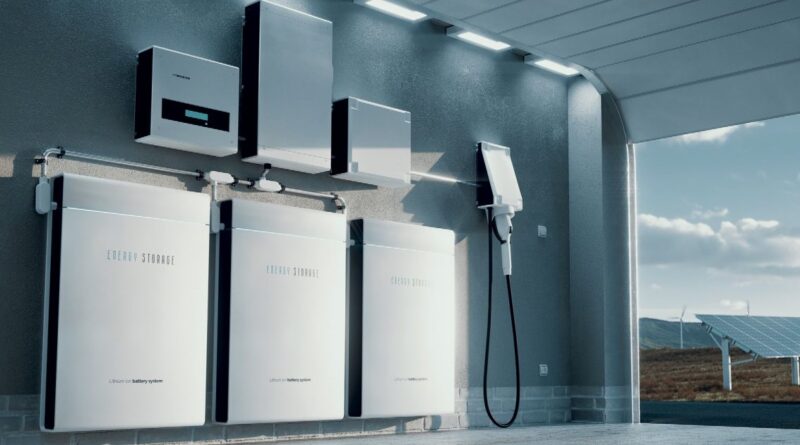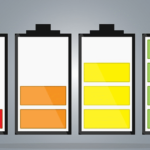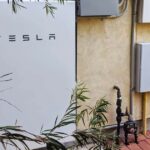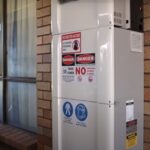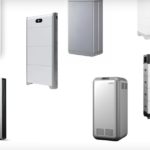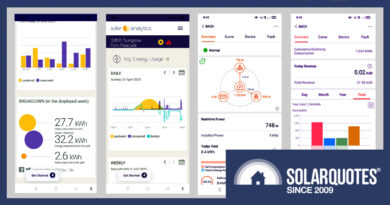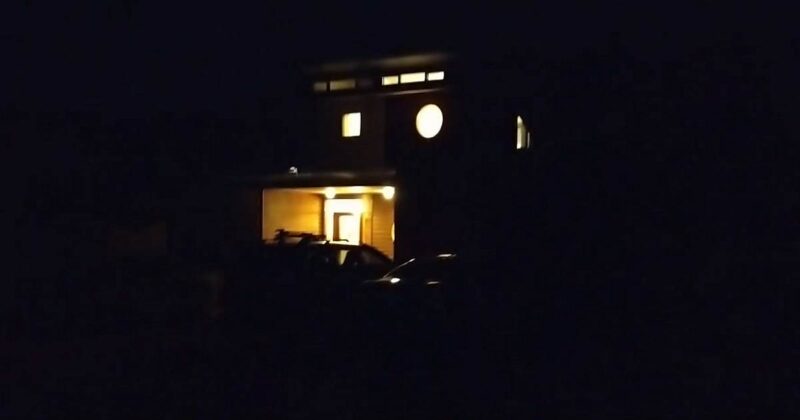Unleashing Renewable Energy Storage With Home Battery Subsidies?
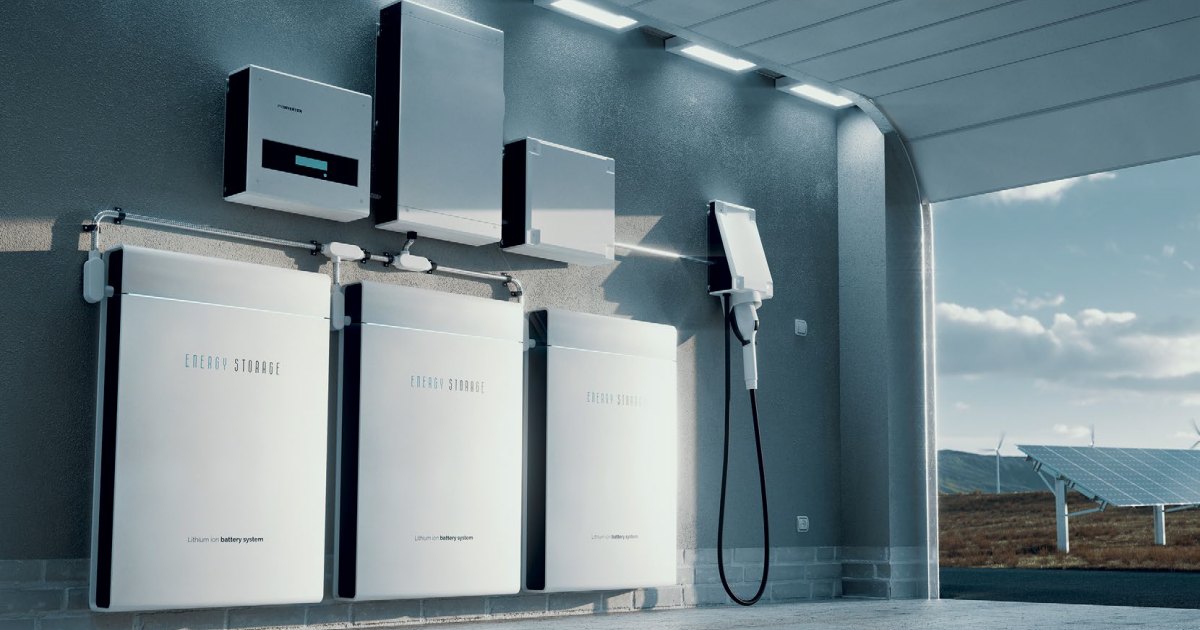
A Private Members Bill introduced in February aiming to make home batteries cheaper may have lapsed, but its spirit lives on in recent recommendations from the Smart Energy Council.
In order to achieve 82% renewables or a 43% emissions reduction by 2030, the Smart Energy Council says Australia’s going to need *a lot* of battery storage – including a bunch of home batteries.
Many of Australia’s solar power system owners are willing and wanting to install a home battery, but cost remains a major barrier. There are some subsidies and “no interest” loan schemes available in several states and territories, but the cupboard is bare at a national level.
In February 2022, Member for Indi Dr. Helen Haines introduced a Private Members Bill – the Renewable Energy (Electricity) Amendment (Cheaper Home Batteries) Bill 2022. The legislation sought to reduce the up-front cost of installing solar batteries by including residential energy storage under Australia’s Small-scale Technology Certificate (STC) scheme; which is part of the Small-scale Renewable Energy Scheme (SRES). STCs are the mechanism directly connected to the national “solar rebate”.
Dr. Haines’ bill lapsed on 11 April 2022 with the calling of the federal election.
Last week, the Smart Energy Council released a report titled “Unleashing Renewable Energy Storage”. The Executive Summary states:
“We need household battery storage, electric vehicles as batteries on wheels, community and commercial battery storage, large-scale storage and long duration solar thermal and pumped hydro, underpinned by national, state and territory Renewable Energy Storage Targets.”
On the household battery storage front, the report says modelling underpinning the Albanese Government’s commitment to 82% renewable energy in the electricity grid assumed “8 gigawatts” of capacity. I wasn’t able to quickly locate the modelling mentioning 8 gigawatts, but that is a shedload of batteries. Even if the Council meant 8 *gigawatt-hours* of capacity, it’s still a lot – equivalent to more than 595,000 Tesla Powerwalls.
Getting back to costs and on a related note, the price of Tesla Powerwall recently went up – again. There are alternatives to the Powerwall offering the same sort of functionality (and other solar batteries), but storage will remain out of reach for many Australians for the foreseeable future.
Which leads us to…
Including Home Batteries (And Electric Vehicles) In The SRES
In the report’s section on home batteries, the Council has recommended a change to SRES regulations:
“Changes in Provision 19D covering the certificates to be created, whereby households can have installed with an appropriately sized battery*, conditional to be Virtual Power Plant* ready as is the case in South Australia, or capable of smart managed charging would receive 15 years of certificates to 2030.”
The notes on the asterisks indicate a battery could be a stand-alone battery or an EV with ‘bidirectional’ charging capability, and briefly define a Virtual Power Plant. The reference to South Australia is a bit dated as SA’s subsidy was axed by the Malinauskas Government some months ago.
The Smart Energy Council’s recommendation is a little different to what Dr. Haines put forward in her Bill, which proposed a sliding scale of certificate issue depending on installation date. The inclusion of electric vehicles is also an interesting twist.
Among the thorny issues with both approaches is 15 years of certificates from the get-go. For example, many home battery warranties only cover 10 years, and capacity degradation during a battery’s life also need to be considered. Another big question is would such a scheme increase the base cost of home batteries in Australia as the various players seek to cash in.
But the Smart Energy Council has also offered an alternative recommendation not involving tinkering with the SRES – the Australian Government could consider implementing no-interest loans at a national level.
The full “Unleashing Renewable Energy Storage” report can be viewed here.
Original Source: https://www.solarquotes.com.au/blog/home-battery-subsidies-sec-mb2734/

